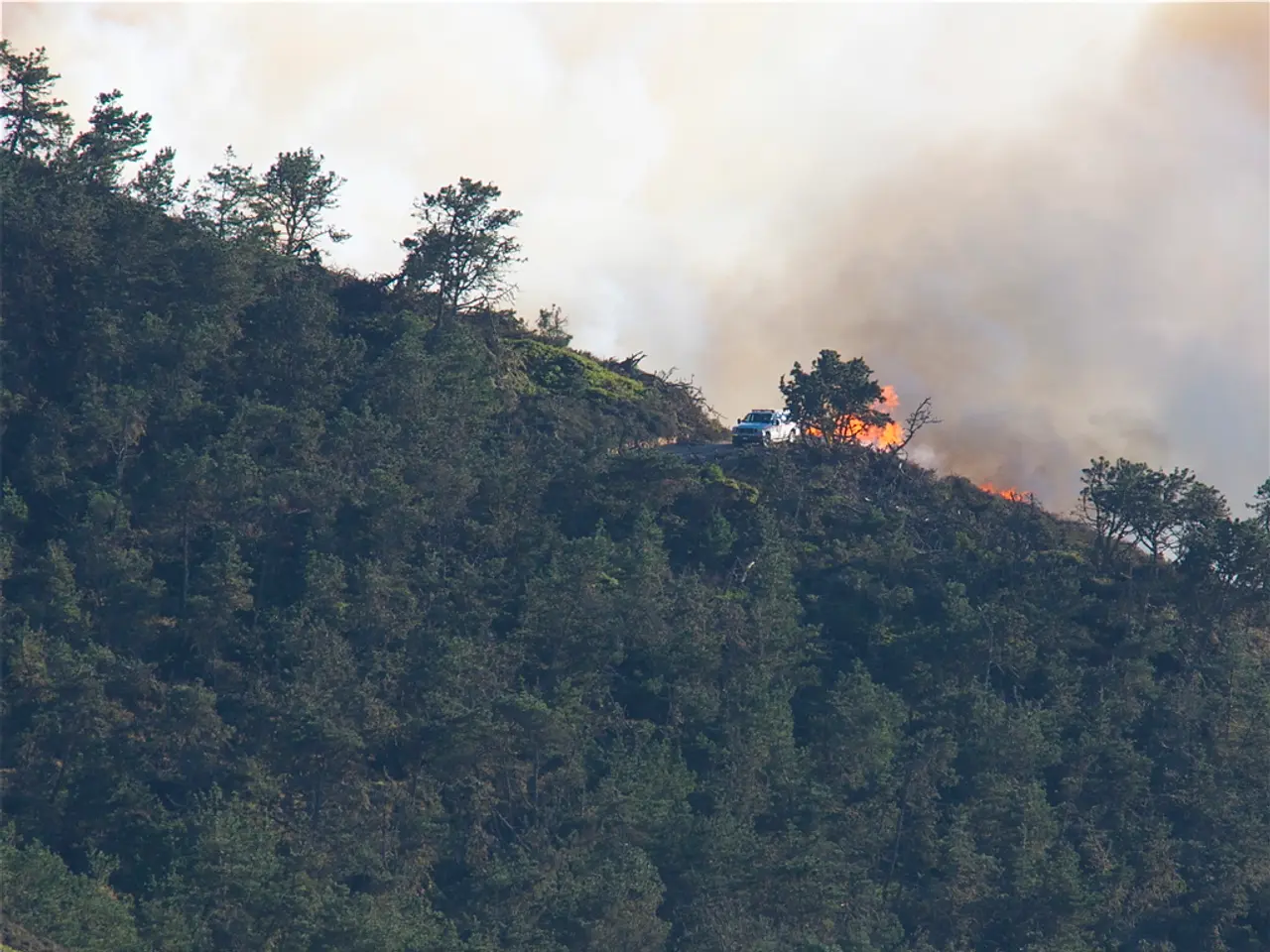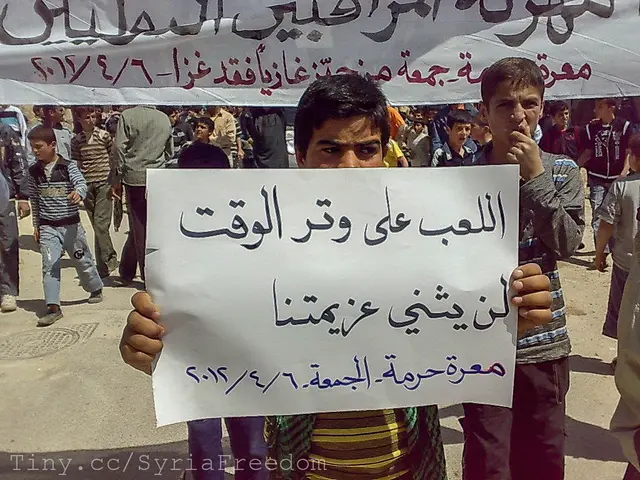2019 Event Focusing on Fire and Biomass Combustion
At the 2019 International Emissions Inventory Conference, a session dedicated to the topic of fire and biomass burning was held. This session showcased several key papers and presentations that aimed to improve our understanding of fire emissions and their impact on air quality.
New Developments with FINN
The Fire INventory from NCAR (FINN) model was a central focus of the session. FINN is a global fire emission model that utilises satellite observations to estimate fire-related emissions with high spatial and temporal resolution. Recent developments in FINN include improved algorithms for fire detection, better fuel load/emission factor assignment, and integration of updated biomass burning data sources. These enhancements have significantly increased FINN's accuracy and applicability for regional air quality and climate modeling.
Performance Assessment of FINN v2.2
The version 2.2 update of FINN was also discussed. This update incorporates improved emission factors, enhanced fire area detection, and refined temporal allocation of emissions. Performance evaluations against independent satellite datasets and ground measurements have demonstrated reduced bias and improved representation of fire emissions in various ecosystems. This supports FINN v2.2 as a more reliable tool for emissions inventories used in modeling atmospheric pollution from fires.
Simulating Long-Term Fire Regime Variability
Modeling studies presented during the session explored the long-term variability of fire frequency, intensity, and spatial extent due to climate variability and human activities. These simulations offer valuable insights into trends and patterns in fire behavior that affect regional emissions, carbon cycling, and air quality. Understanding such long-term variability is crucial for improving future emissions projections and managing fire impacts.
Exploring the Vertical Distribution of Wildland Fire Smoke in CMAQ
CMAQ (Community Multiscale Air Quality) modeling efforts were also discussed, with a focus on better representing how wildfire smoke plumes rise and disperse vertically in the atmosphere. Accurate vertical allocation of emissions from fires influences downwind air quality, chemical transformation of smoke, and transport patterns. Studies indicate that current models can benefit from integrating observational data to refine plume rise parameterizations in CMAQ.
Together, these contributions highlight progress in improving fire emission inventories and atmospheric modeling to better characterise the role of biomass burning in emissions inventories and air quality forecasts. Up-to-date satellite data integration, refined emission factors, and advanced plume dynamics representation are core advancements presented in this session. However, comprehensive validation with field and remote sensing measurements remains essential for continued model improvements and reliable application in environmental management.
While pdf files for several presentations and papers related to fire emissions modeling were available at the conference, direct links to these files could not be found in the search results. For specific quantitative results or methodological details, consulting the official 2019 International Emissions Inventory Conference proceedings or the authors’ publications would provide more complete information.
- The land-based environmental science community is increasingly focusing on understanding the role of fire emissions and their impact on air quality, as evidenced by the discussion of the Fire INventory from NCAR (FINN) model at the 2019 International Emissions Inventory Conference.
- The health-and-wellness sector might benefit from improved air quality models, given the session's emphasis on refining the vertical distribution of wildland fire smoke in the Community Multiscale Air Quality (CMAQ) model, which directly affects downwind air quality and the chemical transformation of smoke.
- Climate change research is crucial for exploring the long-term variability of fire frequency, intensity, and spatial extent, as highlighted by the modeling studies presented at the conference. This understanding is instrumental in improving future emissions projections and managing the environmental impacts of fires.




